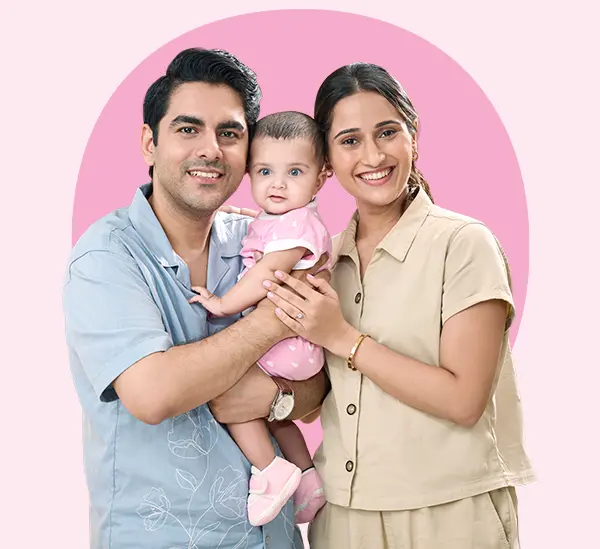
The journey to parenthood through IVM and TESA
Swetha, a 34-year-old woman and her 35-year old husband Venkat, married for five years were desperate to start a family and had visited Oasis Fertility center in Warangal. Swetha had a history of polycystic ovaries and a block in her left fallopian tube. On the other hand, Venkat was cryptozoospermic (having low sperm concentration in the fresh sample).
The couple had undergone multiple fertility failures in the past and were not able to achieve the desired outcome of conceiving. A complete history was taken and routine investigations were advised before a treatment plan was formulated for them. The husband was advised for a Testicular Sperm Aspiration (TESA). In TESA, the sperms are retrieved from the testis by inserting a needle into the testis and aspirating the fluid and tissue under negative pressure. This procedure is usually performed under local or general anesthesia.
At a glance, the case looked straightforward, but during IVF treatment, it was observed that Swetha had a slower follicular growth with many smaller follicles, so an In vitro Maturation (IVM) was suggested for them.
In vitro maturation is an assisted reproductive technology involving the collection of eggs from women before they mature. In IVM, the eggs undergo the maturation process outside the body in a petri-dish whereas, in IVF, the maturation is induced inside the woman’s body by injecting hormones. Once the eggs complete the maturation process in the lab, they are fertilized and the developing embryo is transferred to the woman’s uterus for implantation.
IVM involves a patient-tailored stimulation protocol for women with polycystic ovaries (PCO) and Oncofertility patients. IVM is ideal for women with PCOS as they are more prone to develop ovarian hyperstimulation, which can potentially be life-threatening in some cases.
IVM can also be beneficial for women recovering from cancer, as the cancer cells can also be stimulated by ovulation induction hormones. The use of a low level of hormones could reduce relapse risk.
In view of Swetha’s condition, IVM was offered and after the oocytes were retrieved and matured in the laboratory, they were fertilized with the husband’s TESA sperm through an intracytoplasmic sperm injection (ICSI). Later a diagnostic hysteroscopy evaluation was performed only to reveal that she had multiple polyps so a polypectomy was performed, where all the polyps were excised off.
Later a frozen embryo transfer was done and Swetha conceived with twins. The treatment was successful, and the couple welcomed two boys’ weighing 2.5 and 2.8 kgs. Thus personalized treatment, expert guidance, and an unflinching commitment of the couple helped them realize their dream of parenthood at Oasis Fertility.


fill up the form to get a
Free Consultation
Avail 0% interest on EMI
All Procedures | No Upper Limit
How we reviewed this article:
- Current Version
- June 1, 2021 by ShootOrder
- May 22, 2021 by ShootOrder
- May 21, 2021 by ShootOrder
- May 3, 2021 by ShootOrder

